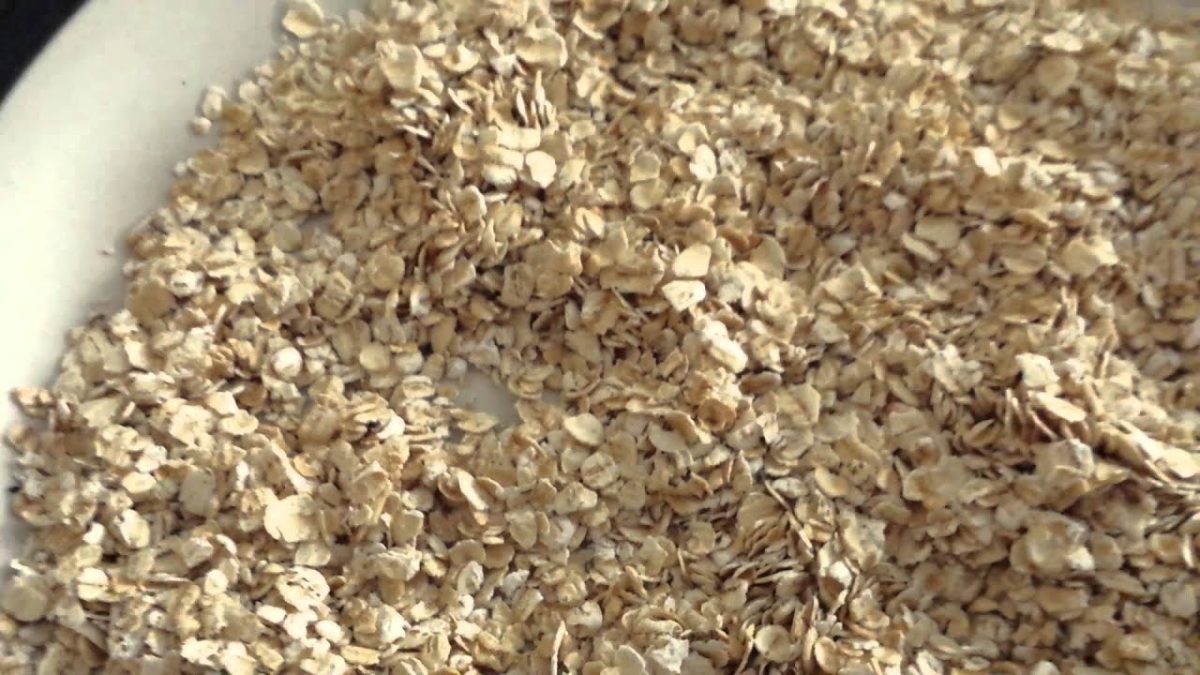Weevils can infest oat products at various stages, including during growth, harvest, processing, storage, or transportation. The most common weevils that infest grain products, including oats, are the rice weevil (Sitophilus oryzae), the granary weevil (Sitophilus granarius), and the maize weevil (Sitophilus zeamais). These insects can lay their eggs on or inside the grains, and when the larvae hatch, they feed on the grains, eventually developing into adult weevils.
The presence of weevils in oat products does not necessarily indicate spoilage or diminished quality. Weevils do not transmit diseases and are not harmful to humans when ingested. While weevils and their traces (e.g., feces, shed skins, and dead bodies) can be unappealing, they do not render the oat products unsafe for consumption.
To minimize the risk of weevil infestations in oat products at home, consumers can take the following preventive measures. Firstly, proper storage of oats. Store it in airtight containers made of glass or plastic with tight-fitting lids to discourage weevil growth. Secondly, ensure optimal storage conditions. Keep oat products in cool, dry, and well-ventilated areas to minimize the risk of weevil infestations. Thirdly, do regular inspection of your product. Check stored oat products for any signs of weevil infestations and take necessary action if pests are detected. Finally, purchase in small quantities. Buy oat products in smaller quantities to reduce the time they are stored at home, minimizing the chances of weevil infestations.
In conclusion, weevils in oat products are primarily an aesthetic concern and do not indicate spoilage or pose any health risks. By implementing proper storage practices and taking preventive measures, consumers can minimize weevil infestations and enjoy their favorite oat-based dishes without worry.

